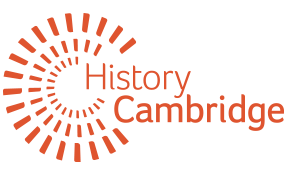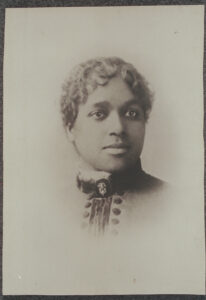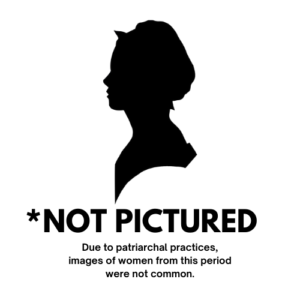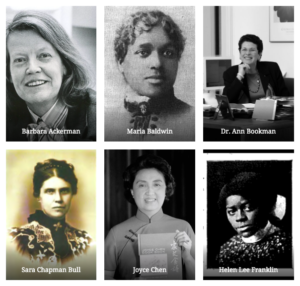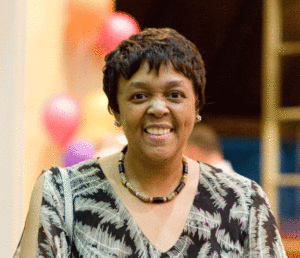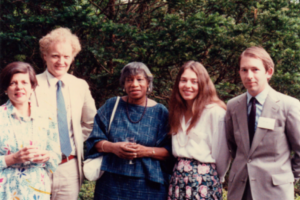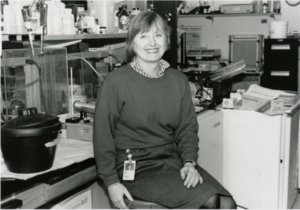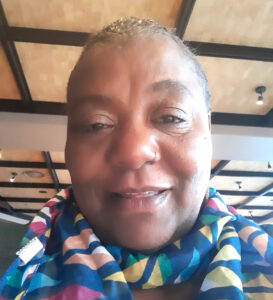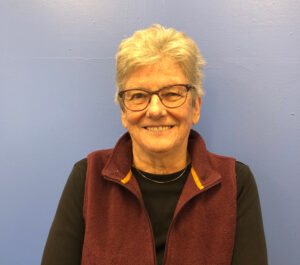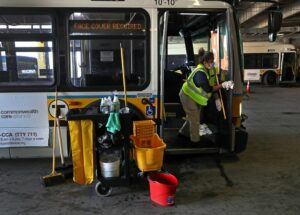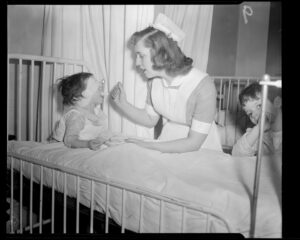Posts Tagged ‘women’s history’
‘Quiet Courage’: Maria Baldwin and the Racial Politics of Education in Cambridge
By Beth Folsom, Program Manager, History Cambridge In her 1905 report to the parents of ten-year-old Edward Cummings, his principal Maria Baldwin described him as “a most loveable little boy, and we are glad that he is part of our little community.”[1] Nearly six decades later, when that little boy had become the celebrated American…
Read MoreMercy Scollay and the Lifelong Work of Mending
By Katie Turner Getty, Independent Researcher and Writer When Mercy Scollay’s presumptive fiancé, Dr. Joseph Warren, was killed at the Battle of Bunker Hill in June of 1775, she was thrust into emotional and financial turmoil that would both parallel and outlast the political upheaval of the American Revolution. As the caretaker and surrogate mother…
Read MoreWomen’s History Hub
Profiles included: Barbara Ackermann | Maria Baldwin | Ann Bookman | Sara Chapman Bull | Joyce Chen | Helen Lee Franklin | Suzanne R. Green | Lois Lilley Howe | Edith Lesley | Eva Neer | Mercy Scollay | Elizabeth Sullivan | Phyllis Wallace Our 2020 theme was Who Are Cambridge Women? But why spend…
Read MoreMarian Darlington-Hope
Marian Darlington-Hope was born and raised in the Port neighborhood of Cambridge, where she has lived most of her life. She and other family members attended programs at the Margaret Fuller Neighborhood House in her youth. As a teenager, she volunteered at the National Committee to Combat Fascism/Black Panther Party breakfast program housed at the…
Read MorePhyllis Ann Wallace, A Leader for Equal Opportunity
By Annette LaMond* | S.M., MIT Sloan School of Management | Ph.D., Yale University In 1975, Phyllis Wallace,1 then age 54, became the first Black woman – and first woman – to receive tenure at MIT’s Sloan School of Management. When Phyllis arrived at MIT in 1972, she rented an apartment in a tall-for-Cambridge building…
Read MoreEva Neer : My Neighbor, Groundbreaking Biochemist
By Annette LaMond* | S.M., MIT Sloan School of Management | Ph.D., Yale University In 1978, my husband and I moved to Brewster Village – an 1880s “development” of Queen Anne Victorians off Brattle Street. We soon began to meet our new neighbors. In our first six months, we were invited to not one, but…
Read MoreDenise Foderingham
Denise Foderingham lived in the Port with her mother and sisters, and attended many Margaret Fuller House programs in her youth. She moved to Somerville in her 20’s and spent the majority of her career working in child care. She returned to the Margaret Fuller Neighborhood House in December 2018, when she was hired as…
Read MoreNancy Ryan
Nancy Ryan was born in New Bedford and moved to Cambridge in 1980 to begin her work as Director of the City of Cambridge Commission on the Status of Women. She has lived in the Port for forty years and worked in partnership with the Margaret Fuller House through her role as Director of the…
Read MoreWho Is Essential Cambridge? Part 4: COVID-19
In our last installment, we examined the role of nurses as essential workers in Cambridge and beyond, exploring the ways in which gendered notions of caregiving and self-sacrifice both elevated nurses in the public opinion and limited their ability to advocate for better pay and working conditions. In this, our final installment, we look at…
Read MoreWho Is Essential Cambridge? Part 3: Nurses
In our last installment, we examined the role of Cambridge teachers as essential workers during the twentieth century. As it involved nurturing young children, teaching was viewed by many as a natural outgrowth of women’s caregiving responsibilities within the family, and education, especially at the elementary level, was considered a profession to which women devoted…
Read More